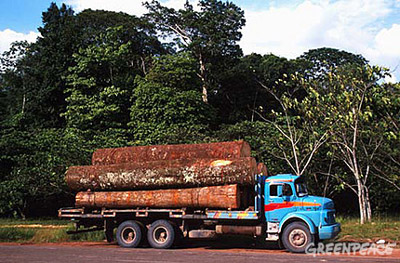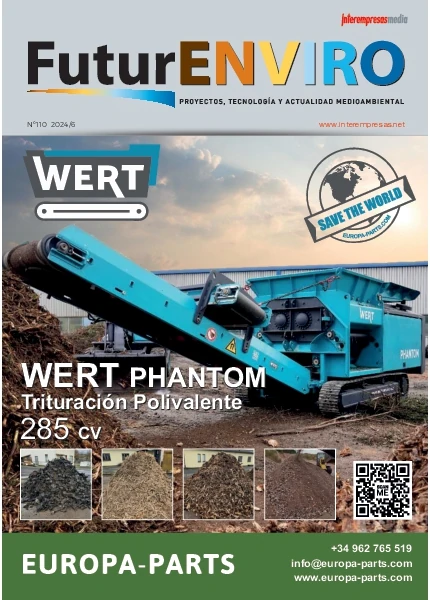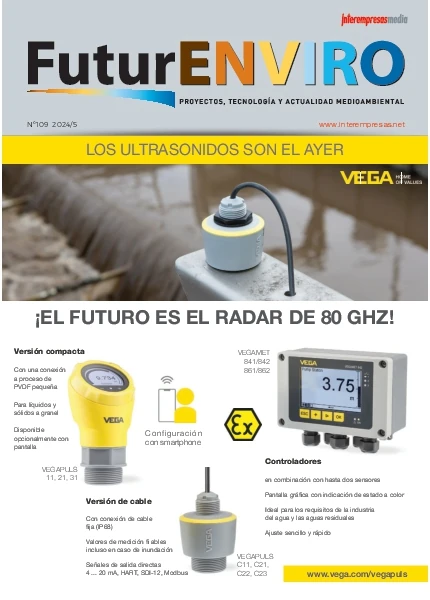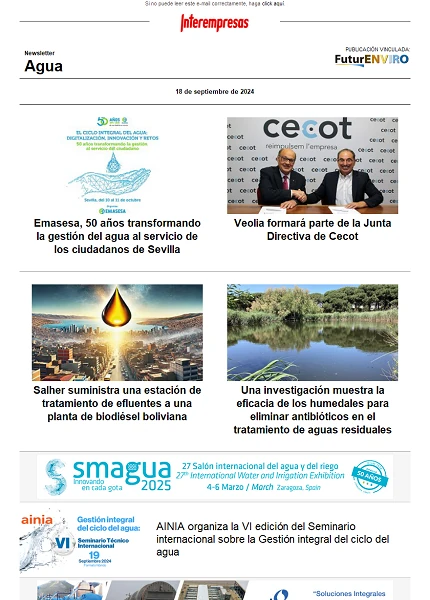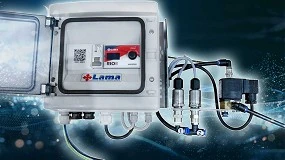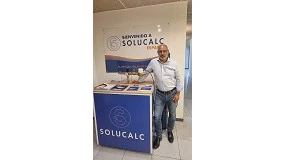Greenpeace presenta la “Guía de la buena madera”
Greenpeace lanza la “Guía de la Buena Madera” con el objetivo de promover y orientar sobre el consumo de esta. La guía está destinada a los sectores de arquitectura, decoración e interiorismo y otros colectivos que prescriben madera, como responsables de contratación en la administración pública, empresas constructoras, etc. Esta guía es la primera actividad de la campaña Salvar los bosques, salvar el clima, y pretende ser una herramienta para luchar contra la madera ilegal y la deforestación, responsables del cambio climático.
“Además de ejercer un consumo responsable de productos forestales, los ciudadanos debemos exigir a la Unión Europea que se tome realmente en serio la lucha contra la deforestación y que apruebe una ley que garantice que todos los productos de origen forestal presentes en el mercado provengan de fuentes legales y de una buena gestión forestal”, ha declarado Miguel Angel Soto, responsable de la Campaña de Bosques de Greenpeace España.
Elegir madera de forma correcta, la ”buena madera”, significa colaborar con la gestión responsable de los bosques que permite que éstos sigan manteniendo su función de fijar CO2, uno de los gases de efecto invernadero responsable del cambio climático. La conservación y buen uso de los bosques es una de las acciones más eficaces para mitigar el cambio climático.
Casi el 20 por ciento de las emisiones globales de gases de efecto invernadero proceden de la deforestación y la degradación forestal. Una elección incorrecta, por tanto, puede tener una repercusión negativa para los bosques, en especial para aquellas especies que están amenazadas o que proceden de regiones afectadas por la mala gestión forestal, la tala ilegal, la deforestación, las guerras, las invasiones de territorios indígenas o la violación de los derechos humanos. Eligiendo la madera de una forma equivocada se puede estar colaborando con la desaparición de los bosques primarios ya que la explotación forestal es muchas veces una primera fase de un proceso de deforestación que transforma bosques vírgenes en terrenos agrícolas o pastos para el ganado. Una gran parte de la tala ilegal se produce en zonas de bosque primario.
La Guía de la Buena Madera ha seleccionado algo más de 30 especies muy comunes en el mercado español y las ha agrupado en cuatro grupos según los diferentes riesgos que se derivan de su grado de amenaza, de la región del planeta de donde proceden, de la existencia o no de problemas en sus bosques, de la existencia de conflictos bélicos, etc.
La guía establece cuatro categorías:
* Maderas recomendadas: maderas con sello FSC, la madera reciclada y el corcho.
* Maderas aceptables: castaño, haya, roble, pino silvestre y laricio, nogal, bambú, etc.
* Maderas problemáticas: abeto, alerce, hemlock, eucalipto, pino radiata, cedro rojo, etc.
* Maderas de alto riesgo: merbau, iroko, ipé, teca, wengué, jatoba, meranti, sapelli, etc.
Hay que destacar el papel que juega la certificación forestal FSC a la hora de asegurar que la madera procede de bosques bien gestionados, por lo que la guía identifica la disponibilidad en el mercado de las diferentes especies con sello FSC, así como la alternativas propuestas en caso contrario.
La madera es un buen material. Es un recurso natural, procede de los árboles, y puede ser reutilizada y reciclada. Su producción y eliminación no contamina. Las características físicas y mecánicas de la madera la convierten en el mejor material para una gran cantidad de usos como construcción, carpintería, fabricación de muebles, aislamiento, etc. Y, muy importante, cuando la madera procede de un bosque bien gestionado y lleva un certificado forestal exigente como el FSC, la madera es sin duda el material más ecológico frente a otros cuyo proceso de fabricación y eliminación consume mucha energía y es contaminante, como el cemento, el aluminio o el PVC.
”Siguiendo las instrucciones de esta guía y eligiendo una buena madera, empresas de construcción, arquitectos, decoradores, interioristas, responsables de compras o consumidores pueden estar convencidos de que están haciendo un gran favor al planeta” ha señalado Soto.
El FSC
El FSC (siglas del Forest Stewardship Council o Consejo de Administración Forestal) es una organización independiente, no gubernamental, internacional y sin ánimo de lucro creada en 1993, con el objetivo de promover una gestión forestal ambientalmente responsable, socialmente beneficiosa y económicamente viable en los bosques de todo el mundo. La etiqueta FSC permite al consumidor final reconocer a través del etiquetado los productos forestales procedentes de una correcta gestión forestal.
Existe un gran número de tipos de madera con el sello FSC disponible en el mercado.
La guía de la buena madera se puede solicitar gratuitamente a Greenpeace a su dirección postal o a través del correo electrónico labuenamadera@greenpeace.es
